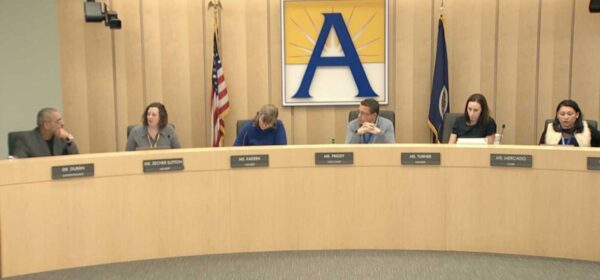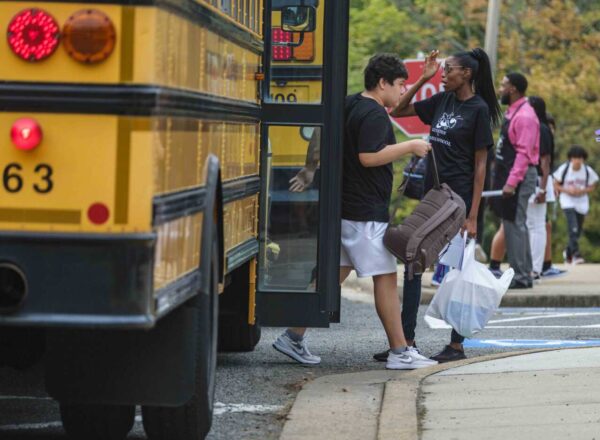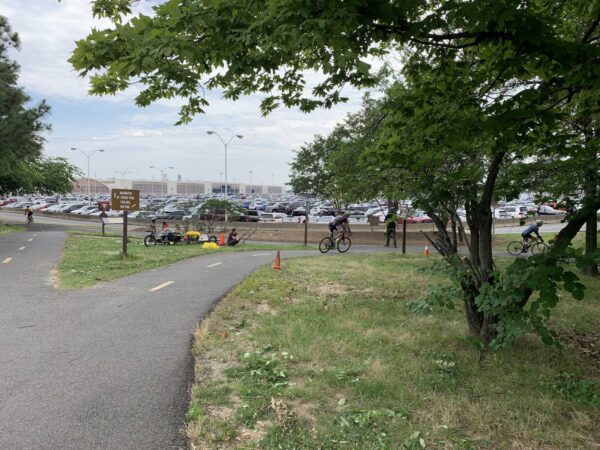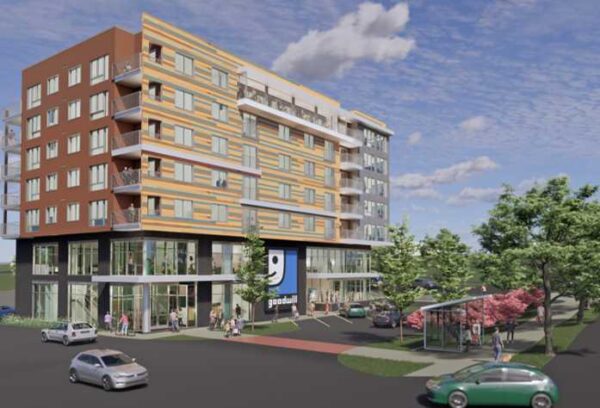This spring, drivers may notice the county testing out a new road treatment to reduce speeding through left turns.
In the next month or two, the county will start installing small raised bumps called hardened centerlines along the yellow centerline at five local intersections. That’s according to Christine Baker, who coordinates Arlington’s Vision Zero efforts, which aim to eliminate road deaths and serious injuries by 2030.












